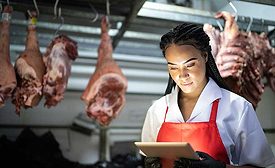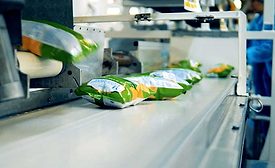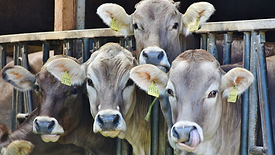Management
Part 3 of this article series explores food safety and business cybersecurity (IT and OT), and cognitive security threat mitigation
Read More
Quality, SQF, and the Importance of Changing Food Safety Behaviors
Even though the rules seem to state that food safety is all about documentation, in principle, all of the regulations and guidelines point to a requirement for behavior change
February 13, 2025
Building a Skilled and Capable Workforce in the Food Industry
To break the cycle of superficial compliance and truly protect consumers, the food industry must undergo a shift in mindset
February 12, 2025
Widening Recalls and Class Action Lawsuits: Alarming Recall Trends in 2024
The world of recall exposure and management is changing, making it more important than ever that you are fully protecting your company and brand
February 11, 2025
Recall Forensics: Uncovering the Hidden Triggers Behind the Surge in Food and Beverage Recalls—Part 2
Building resilience through attention to detail is an invaluable strategy for closing critical food safety gaps and preventing costly recalls
February 11, 2025
Never miss the latest news and trends driving the food safety industry
eNewsletter | Website | eMagazine
JOIN TODAY!Copyright ©2025. All Rights Reserved BNP Media.
Design, CMS, Hosting & Web Development :: ePublishing














